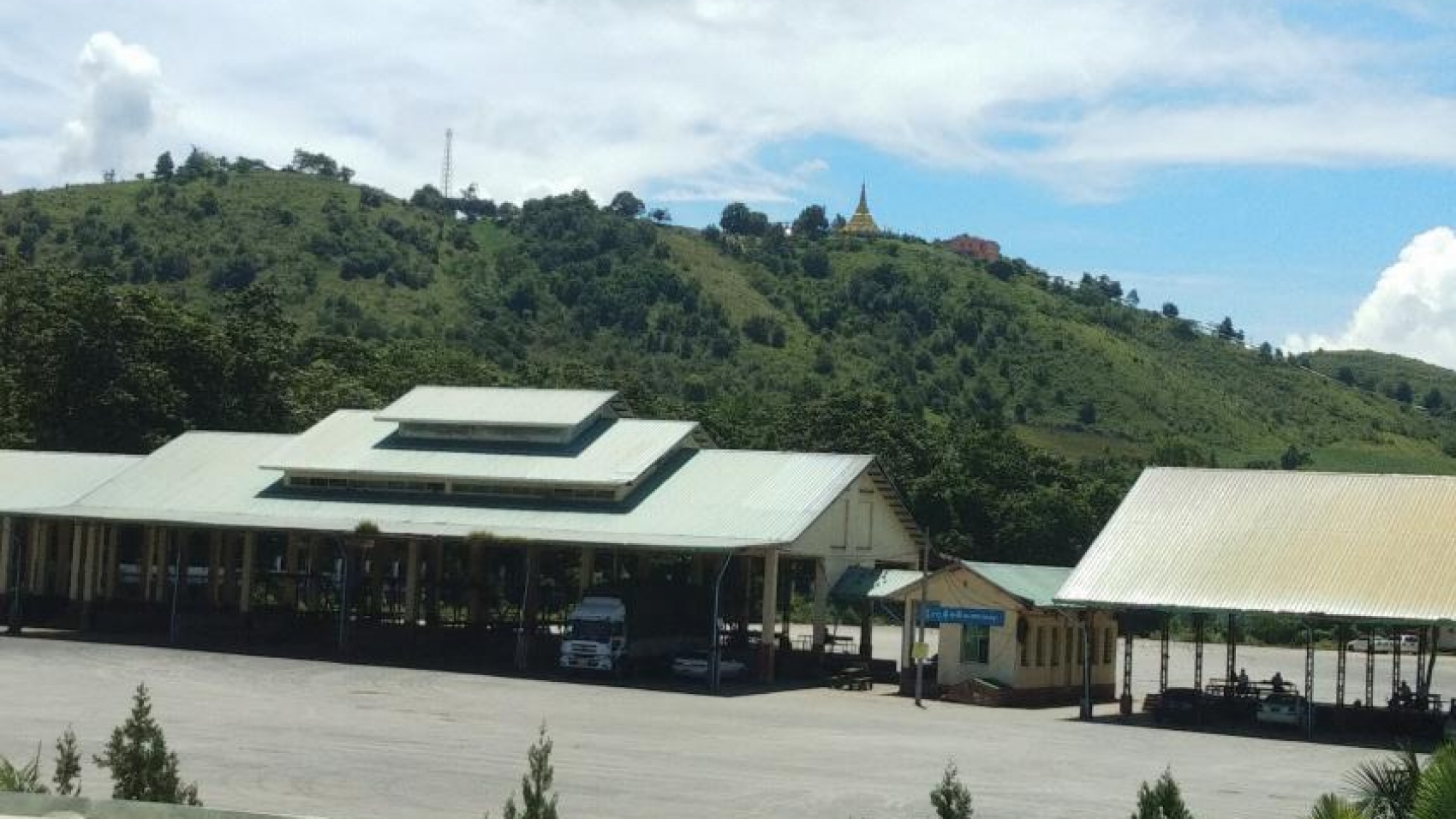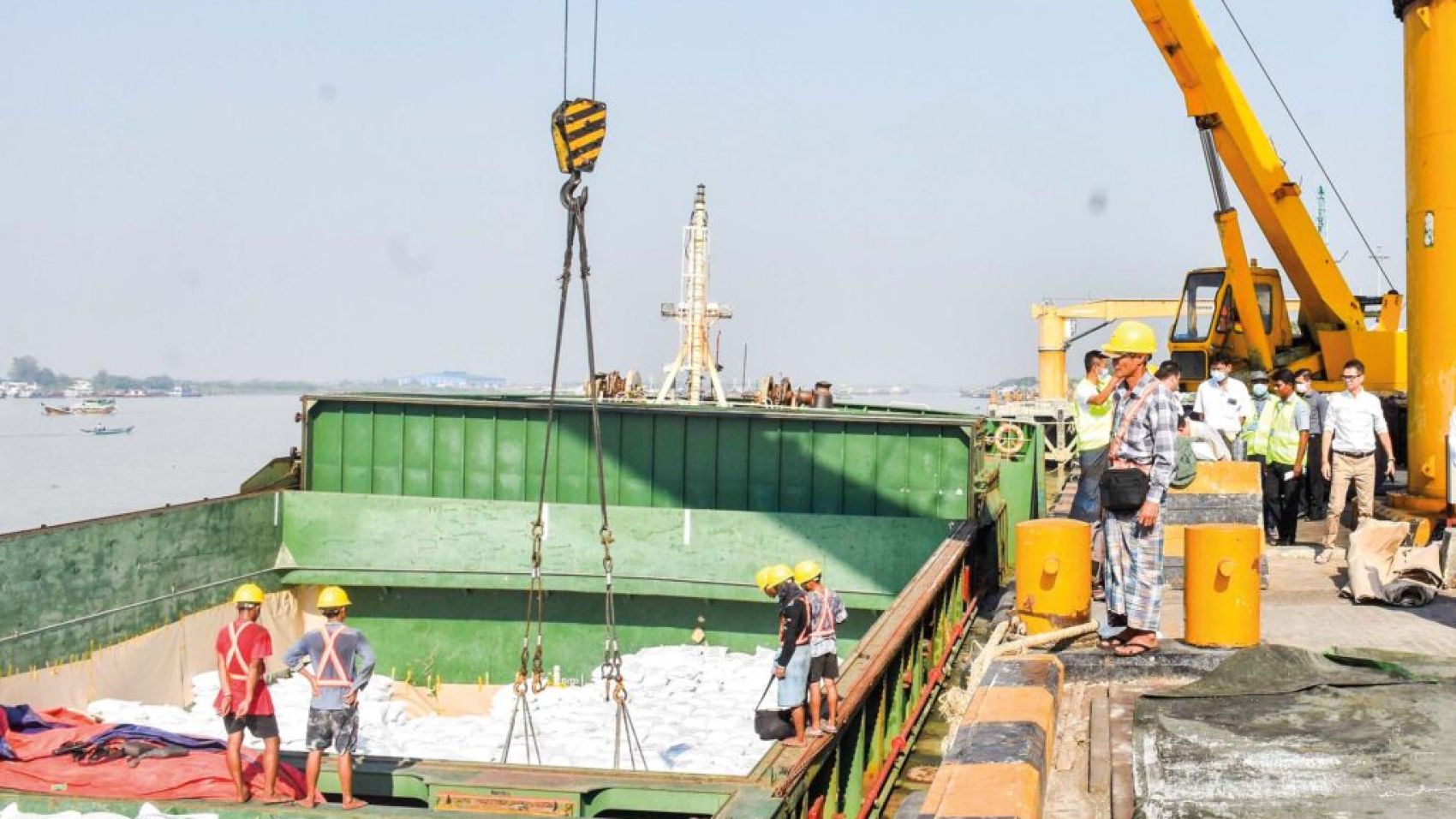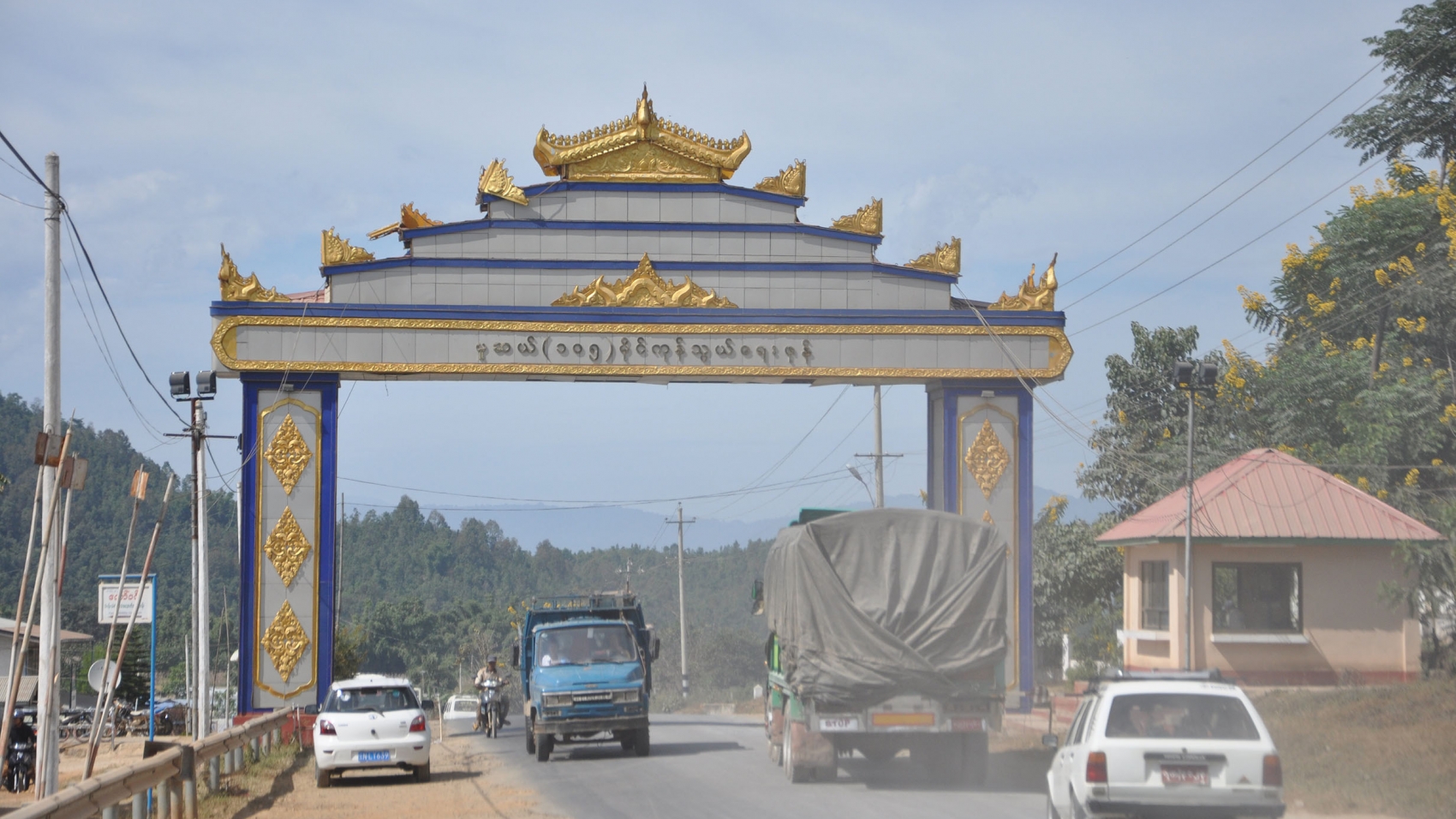The delivery order-DO price decreased to K5,150 per viss (a viss equals 1.6 kilogrammes) in the Yangon edible oil market on 24 December 2022. The wholesale reference price of palm oil between 19 and 25 December was K4,415 per viss, indicating a price drop of K100 per viss to the previous week. With the drop of the reference price, the DO price of palm oil also decreased from K5,250 per viss on 20 December to K5,150 per viss on 24 December. The DO price of palm oil fetched K5,100 per viss on the morning of 26 December. Ko Aung Myint, a broker, told the Global New Light of Myanmar-GNLM that the price could be K5,075-K5,050 in the evening due to competitive prices in the market.
Domestically produced two types of palm oil are often sold at lower prices in the market this month compared to imported palm oil. From 19 to 25 December, the price for a tonne of oil at Yangon port was $1,006 and ready-to-pack (18 litres) oil cost $1,156 per tonne. The cost (purchase price) of oil was K4,327 per viss with an average exchange rate of K2,478, according to the relevant notification. The external palm oil dipped from 3,900 Ringgit on 23 December to 3,829 Ringgit on 24 December. Therefore, the reference price slumped again in the last week of December. Most of the buyers are speculating that the external exchange price in the Yangon edible oil market may drop below K5,000 per viss.
The wholesale reference was K4,630 per viss in early December and showed three consecutive weeks of decline. During the three weeks, the edible oil wholesale reference price decreased by K270 per viss. From 28 November to 4 December, the reference price was K4,425, while the DO price was K5,450. On 24 December, the DO price was only K5,150-K5,175 per viss, with a reference price of K4,415. The DO price of imported palm oil declined again by K50 per viss, while the reference price was only K4,360 this week.
It is known that there is speculation in the oil market that palm oil may fall below K5,000 per viss in the external market. Between 15 and 31 August 2022, the wholesale reference price of palm oil was K4,140 per viss, while the retail price in the external market fetched around K9,500 per viss. At the end of December, the reference price stood at K4,360, the DO price at K5,100 and the retail price at only K5,150 per viss. Therefore, during the two periods when the reference price was decreased by K200 per viss, the external exchange price fell by around K4,500 per viss. It is reported that the oil business operators are trading by paying special attention to the market and price situation this month.
Source: The Global New Light of Myanmar





